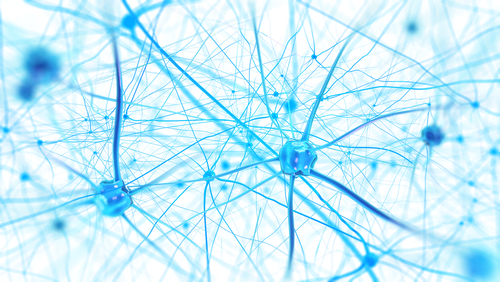Mitochondrial DNA Damage May Be Involved in Parkinson’s Disease Neurodegeneration

In recent decades studies have shed new light on Parkinson’s disease (PD), but the cause of the neurodegenerative disease is still unknown and there are currently no effective treatments.
But recent findings that describe new mechanisms of mitochondrial DNA deregulation may help better understand Parkinson’s and potentially lead to new therapeutic opportunities.
Parkinson’s is characterized by the deterioration of neurons located in a particular region of the brain that is responsible for movement, known as the substantia nigra. This is considered the main event that leads to Parkinson’s symptoms.
The substantia nigra is known to be more susceptible than other regions of the brain to genetic alterations in mitochondria — known for its function as the powerhouse of the cell.
Results from the study “Defective mitochondrial DNA homeostasis in the substantia nigra in Parkinson disease,” recently published in the journal Nature Communications, showed that Parkinson’s patients lack a protective mechanism in neurons from the substantia nigra to restore mitochondria DNA. This mechanism may be responsible for the neuron degeneration seen in Parkinson’s patients.
“We hope that our findings may be the key to a future treatment,” Dr. Charalampos Tzoulis, a neurologist and senior author of the study from the University of Bergen in Norway, said in a press release. “There is generally very little knowledge about the mechanisms causing Parkinson’s disease. Now we are a step closer to understanding these mechanisms and we may have a target to strike at for therapy.”
The authors found that during aging, the DNA of mitochondria (mtDNA) becomes damaged, but neurons find a way to restore it to keep the mitochondria functioning correctly. In contrast, neurons from Parkinson’s patients are unable to fully correct the mtDNA damage process, losing the power to restore function to these energy-producing mitochondria.
“I believe we have discovered an essential biological mechanism that normally preserves and protects the brain from aging-related damage. Intriguingly, this mechanism appears to fail in persons with Parkinson’s disease, rendering their brain more vulnerable to the effects of aging,” Tzoulis said.
These results could offer new insights into the cause of Parkinson’s disease, and may also help explain the loss of neurons that lead to symptoms of the disease.
“Our findings have important implications for therapy-oriented research,” the authors wrote. “Pharmacological upregulation of mtDNA levels may rescue [mitochondria function] and exert a neuroprotective effect in [Parkinson’s disease],” the authors wrote. “We believe that these may be exploited to design novel neuroprotective therapies.”






